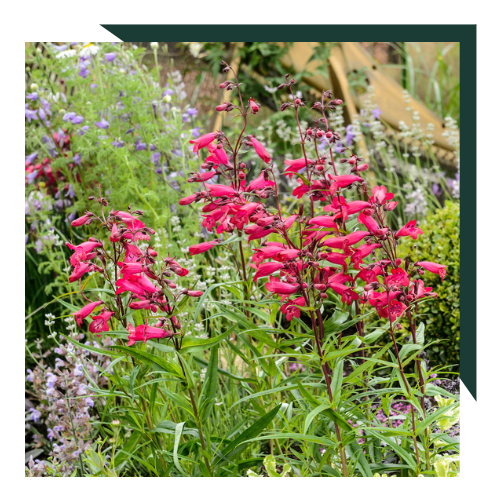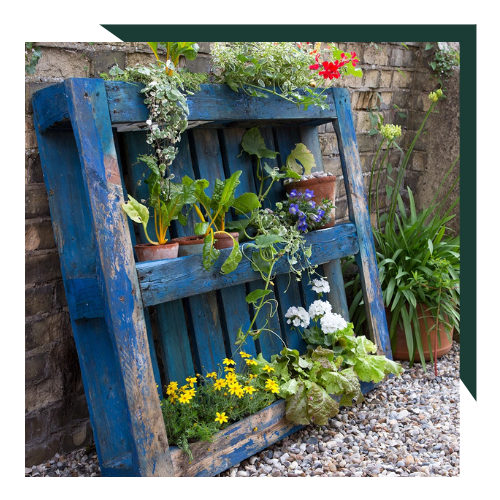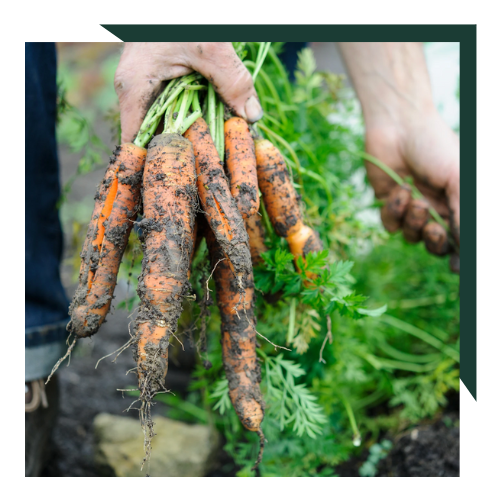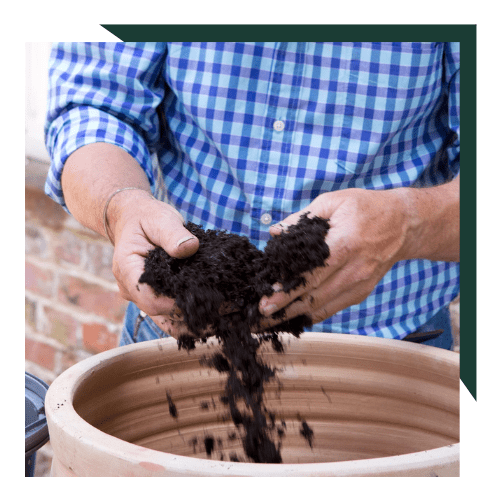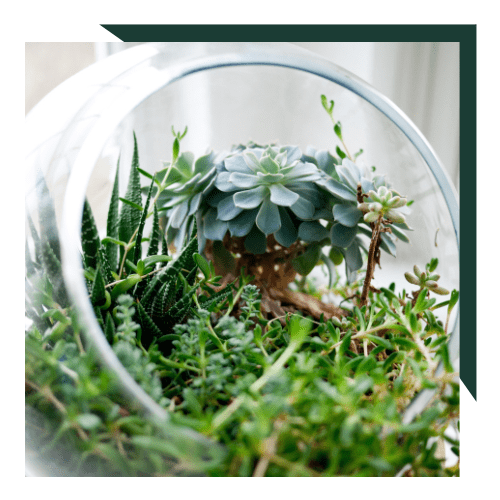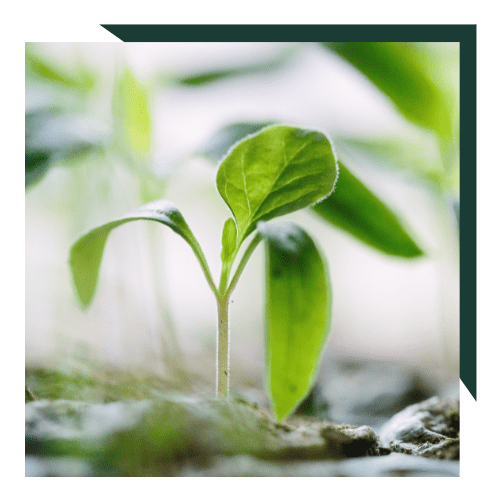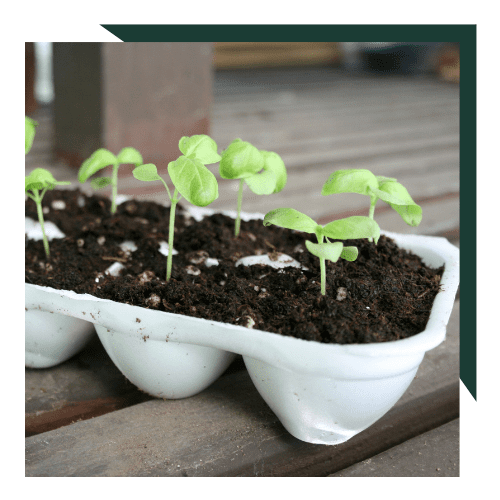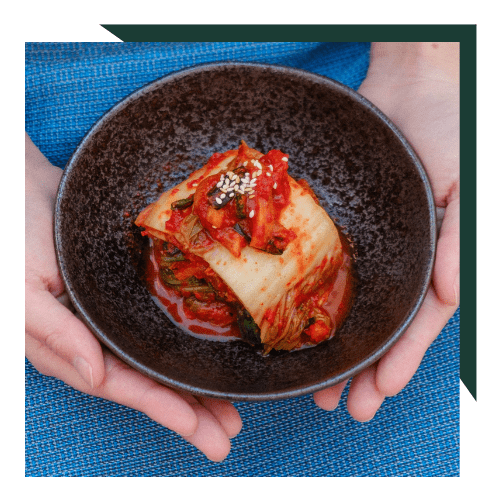Duck egg custard with forced rhubarb
This recipe was provided by The Pig.
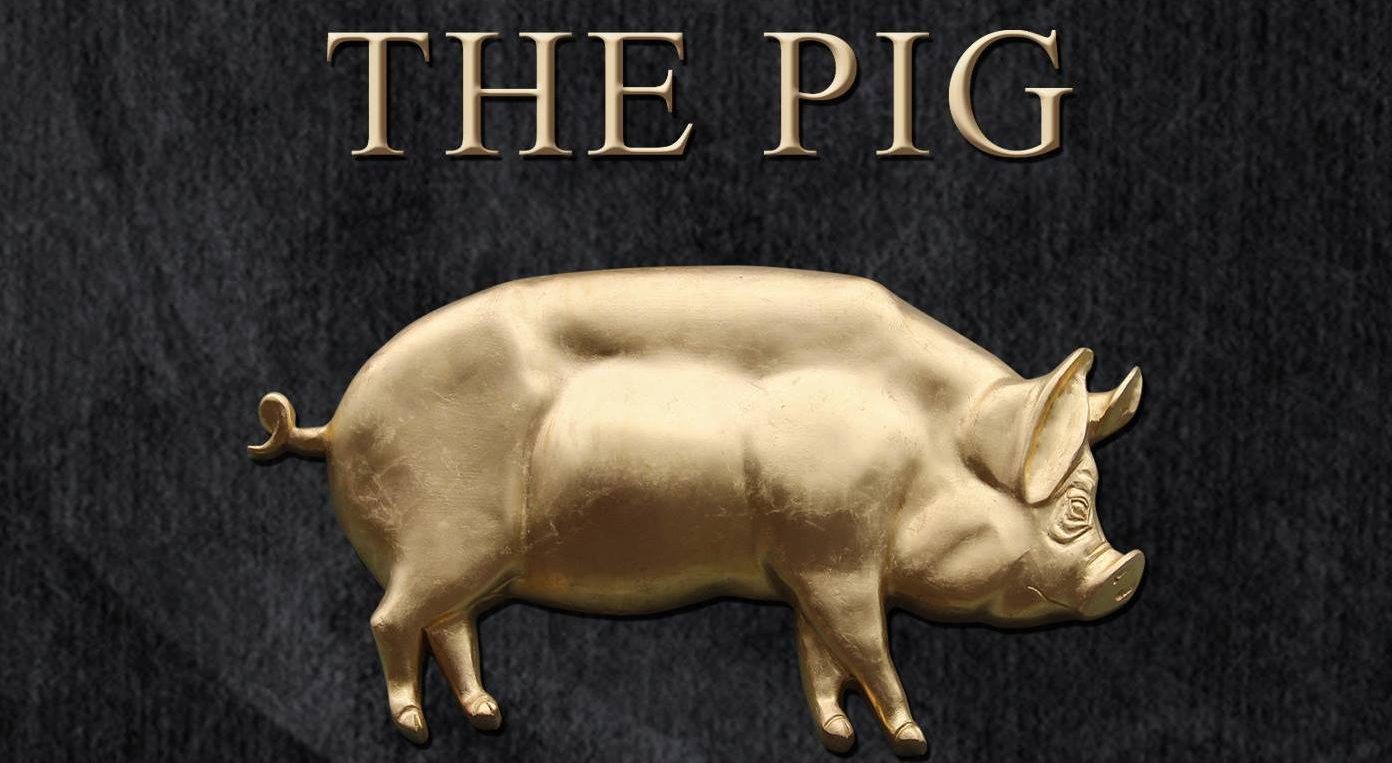
Forced Rhubarb
Although you can harvest rhubarb throughout the summer, nothing quite beats the rush of trying those tender shoots of the first forced rhubarb of the year. The process of forcing rhubarb, is as simple as putting a forcing pot over the crown in the late winter, which in turn warms the soil up slightly, which promotes growth, and blocks all light from the plant. Keeping your rhubarb in complete darkness can seem counter-intuitive when you are trying to get an early harvest, however by doing this you are quite literally “forcing” the plant into focusing all of its energy into trying to find a light source, and as a consequence it forms long straight shoots. These long, straight shoots are particularly desirable to our chefs, as without light, the shoots do not produce oxalic acid or chlorophyll, meaning that they are sweeter and more tender than those grown without being forced.
If you would like to try forcing rhubarb yourself, there are many varieties of rhubarb that can be forced, but our favourites are Timperley early and Victoria. And don’t worry if you don’t have a purpose built forcing pot, an upside down plant pot or bucket will do the job, in the past I’ve even used an old chimney pot with slates laid on the top to block out the light.
Yorkshire is famous for producing forced rhubarb, where it is grown in huge barns, that have all of their windows blacked out to remove any natural light. In fact, even the staff who pick the rhubarb have to do it by candlelight.
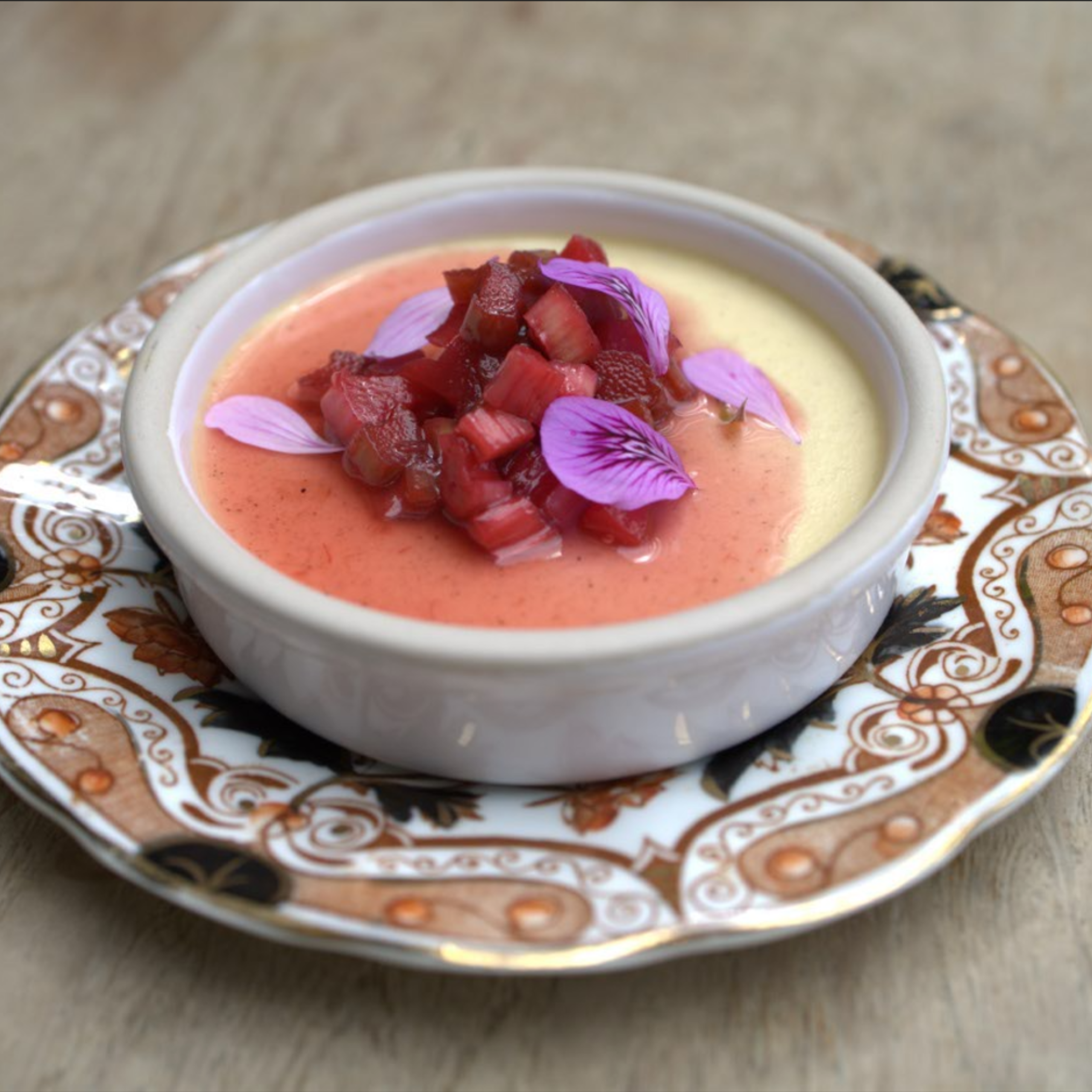
For the custard:
Ingredients
375g Double cream
8g Good quality vanilla paste, or a fresh vanilla pod, split and scraped
3 duck egg yolks (approximately 90g) or 4 medium hens egg yolks (approximately 90-100g)
50g Caster sugar
Method
Bring the double cream and vanilla to the boil in a suitable pan.
Whisk the yolks and sugar together.
Pour one third of the cream on to the yolks and whisk together, then pour into the remaining cream and mix well. If using a vanilla pod, remove it now.
Return to the heat and stir constantly until the custard starts to thicken – if you have a temperature probe, remove it from the heat when it reaches 820c.
Divide the custard into suitable serving dishes and allow to cool at room temperature, then chill for six hours.
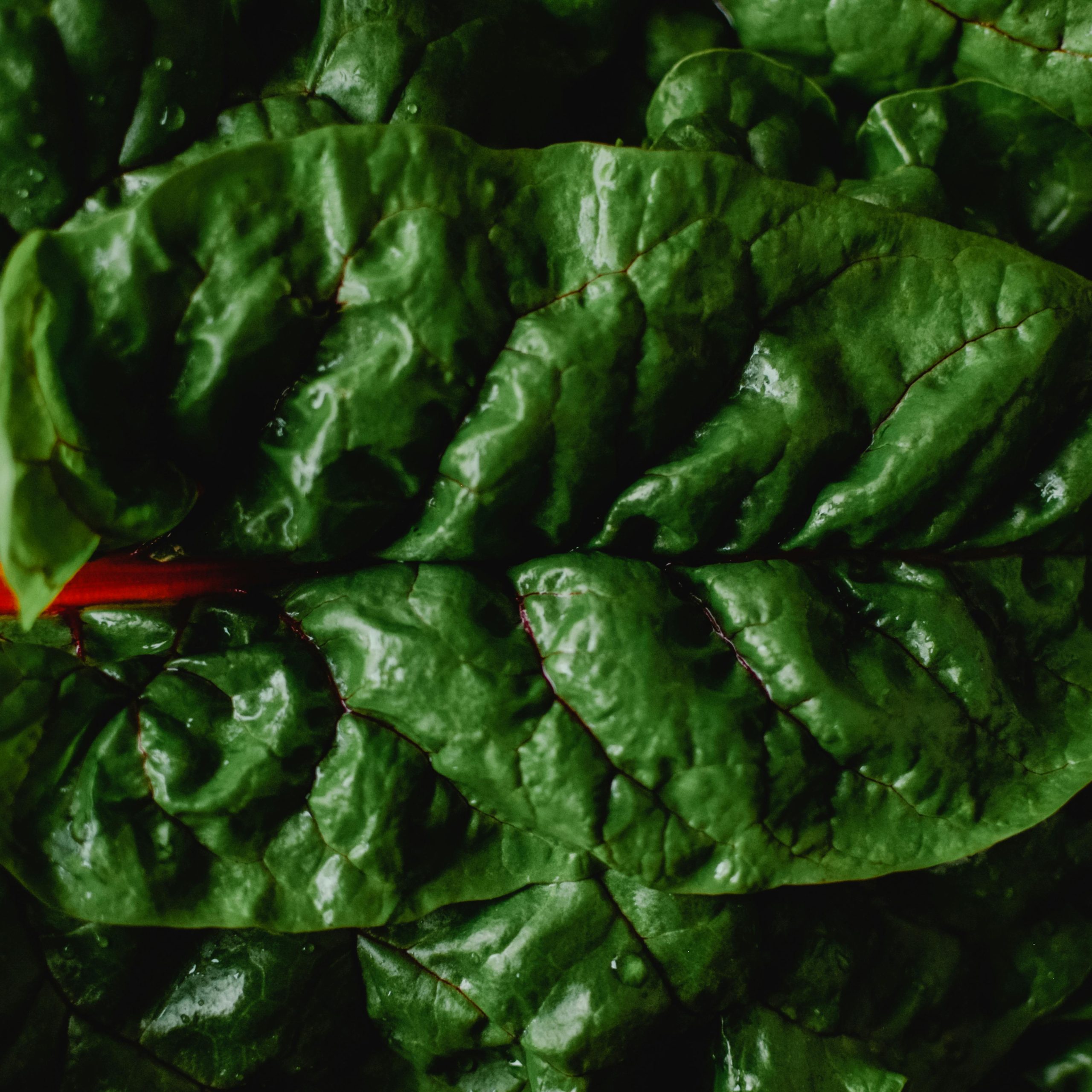
For the rhubarb:
Ingredients
-
200g Forced rhubarb stalks
-
100g Water
-
50g Caster sugar (or to taste)
-
Zest and juice of one orange
-
A shot of Grenadine (optional)
Method
Top and tail the rhubarb stalks and then wash in cold water.
Chop the stalks into 2cm chunks, and place in an oven-proof shallow pan with the remaining ingredients, cover with clingfilm and bake @ 1400C/2840F/Gas mark 1, for approximately five minutes, or until softened.
Alternatively, poach the rhubarb on a very low heat, on the hob.
Allow to cool before chilling.
To serve:
Take the custard from the fridge, one hour before eating, and just before serving top with the cooked rhubarb, and the juice.


